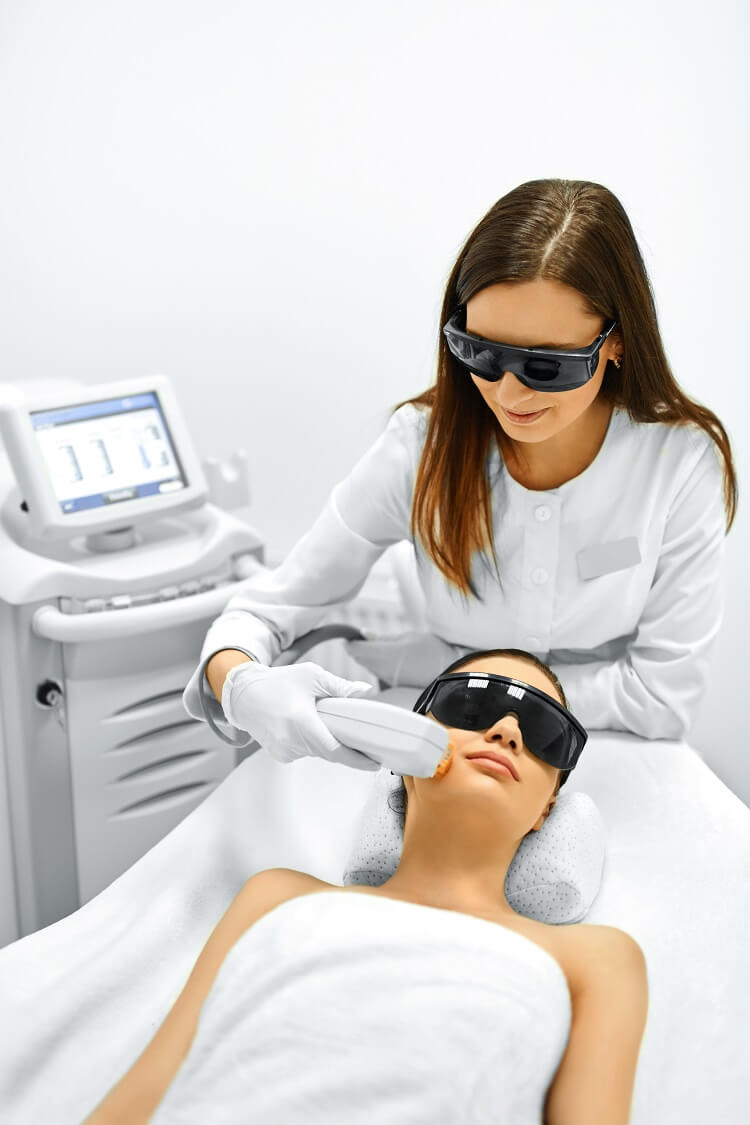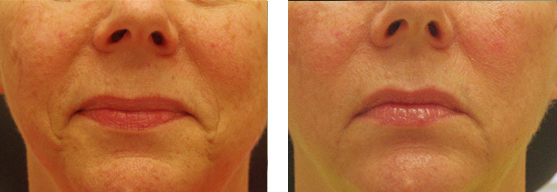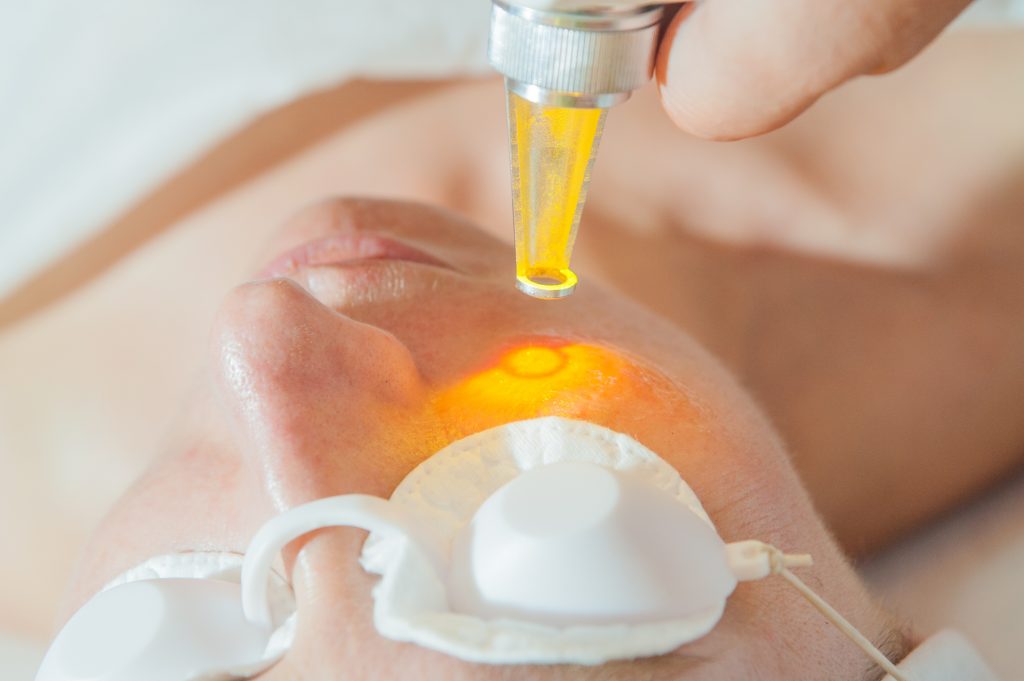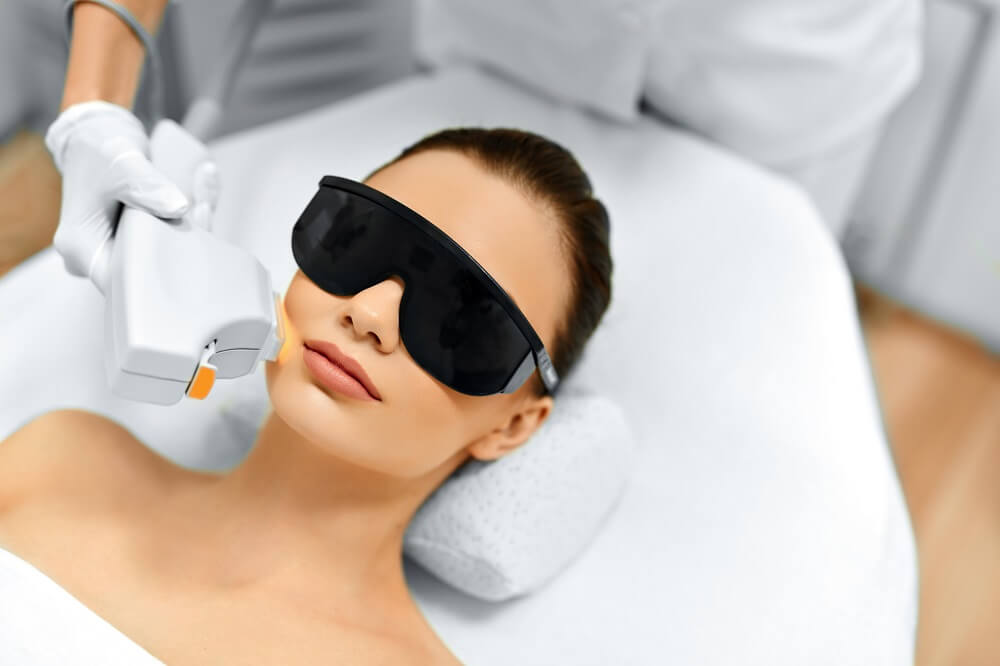IPL Photo Rejuvenation from U.S. Dermatology Partners
What Is IPL Photo Rejuvenation?
We all want to look our very best and an IPL photo rejuvenation treatment, also called a photofacial treatment, can help many people reclaim smooth, youthful skin with even tone and pigmentation. In short, you’ll be photo-ready. When it comes to aesthetic treatment like IPL, it’s always best to partner with a knowledgeable dermatologist who can ensure you achieve the results you’re after while limiting potential damage to your skin. You can learn more about this cosmetic treatment option on this page and by contacting the U.S. Dermatology Partners location nearest your home. We look forward to hearing from you soon!
Find This Service Near You
What Is IPL Photo Rejuvenation?
IPL Photo Rejuvenation is a completely safe, comfortable, non-invasive procedure that uses intense pulses of light to penetrate deep into the skin. These light pulses (like a camera flash) cause collagen and blood vessels below the epidermis (the top layer of skin) to constrict. The light waves are passed through either hemoglobin (red blood cells) or melanin (pigmented cells) in the skin breaking down the cells, which are then reabsorbed into the body, reducing discoloration. In addition to evening out the complexion, the heat directed into the inner layers of skin also stimulates the production of more collagen, which is an effective way to improve skin’s texture and diminish the appearance of fine lines and wrinkles.
This treatment helps to improve many skin irregularities, including:
- Dark spots
- Uneven skin tone
- Enlarged pores
- Sun damage
- Reddening
- Broken blood vessels
- Fine lines
- Minor scars – like chickenpox or acne scarring
- Rosacea (effective in improving symptoms for some patients)
IPL Photo Rejuvenation can be used on the face as well as the hands, chest, and neck.
Who Is a Good Candidate for IPL Photo Rejuvenation?

In addition to individuals with darker skin tones and those who may experience tanning due to sun exposure, expectant mothers are not usually good candidates for these procedures either. Hormonal shifts during pregnancy can lead to skin discolorations, but these typically clear up after delivery. The potential risks associated with IPL photorejuvenation are minimal, but they can be more serious during pregnancy. For this reason, IPL photorejuvenation is not usually recommended for expecting mothers.
Due to some skin conditions and sensitives, IPL photofacial treatment may be the wrong choice. Eczema, acne, severe dermatitis, a history of keloid scarring, or generally sensitive skin can all lead to an elevated risk for adverse reactions after IPL photorejuvenation.
Finally, there are some health conditions (cancer, lupus, seizures), medications (photosensitizing medication, diabetes treatments, blood thinners), and surgical appliances (pacemakers, metal pins) that mean IPL photofacial treatment will not be indicated.
How Does IPL Photo Rejuvenation Work?
Before we begin the IPL photo rejuvenation process, you’ll visit one of our dermatologists for a consultation visit. During this appointment, your dermatologist will carefully examine your skin, review your needs, and partner with you to create a treatment plan. If that plan includes IPL photorejuvenation, we’ll ask you to take some steps to prepare for the treatment visit.
Specifically, you should:
- Avoid self-tanner usage and minimize sun exposure for 2 to 4 weeks
- Review your prescription medications and forego the use of certain products, including tetracycline, doxycycline, and Retin-A
- Review any over the counter medications and forego the use of aspirin, ibuprofen, and similar medication to avoid bruising
- Apply sunscreen every day, and consider wearing hats, gloves, and covering clothing to protect skin and limit sun damage
On the day of your IPL photofacial treatment, you’ll wear protective eyewear, and a gel will be applied to the treatment area to keep it cool during the procedure. Then, your dermatologist will use a handheld device to deliver pulses of bright light to the area being treated. You will feel a warm sensation throughout the procedure. In most cases, the IPL photo rejuvenation treatment plan will take place over 3 to 5 sessions, and each subsequent session is usually more comfortable than the last. That means your initial treatment may be a little more uncomfortable, but you can expect the additional sessions to be increasingly more comfortable.
Depending on the size of the area, you should plan to be in our office for between 30 and 45 minutes, during treatment. The treatment itself will take some time to be effective. You may start to see improvement about a week after the procedure, and you’ll continue to see improvement for several weeks after each round of treatment. Everyone responds differently to IPL photo facial treatment, but we’ll assess your progress throughout the procedure and at periodic follow-up visits to ensure you’re achieving the desired results.
Are There Side Effects to IPL Photo Rejuvenation?
IPL Photo Rejuvenation has a relatively easy recovery, which means you can return to your daily routine immediately. Potential side effects are usually minor and they disappear quickly.
Some of the most common side effects include:
- Bruising
- Blistering (like after a sunburn)
- Scabbing
- Changes in the skin’s pigmentation
- Reddening
In rare cases, changes in pigmentation (lighter or darker skin tone) can occur. This is most common in darker-skinned people and those who have recently tanned or burned their skin prior to treatment.
How Long Will IPL Photo Rejuvenation Last?

Before and After IPL procedure.
Each patient will receive a customized IPL photo rejuvenation treatment plan that addresses their individual needs. Normally, IPL photofacials require multiple treatments, spaced a few weeks apart to achieve optimal results. The good news is that the results can last several years after the final treatment. There are some factors, including sun exposure, that will impact the length of time between maintenance treatments. During an annual professional exam, we can determine whether or not you need retreatment and create an ongoing maintenance plan that suits your individual needs. Your dermatologist at U.S. Dermatology Partners would be happy to provide more information on this treatment and its benefits, so don’t hesitate to reach out.
*Results may vary by individual


